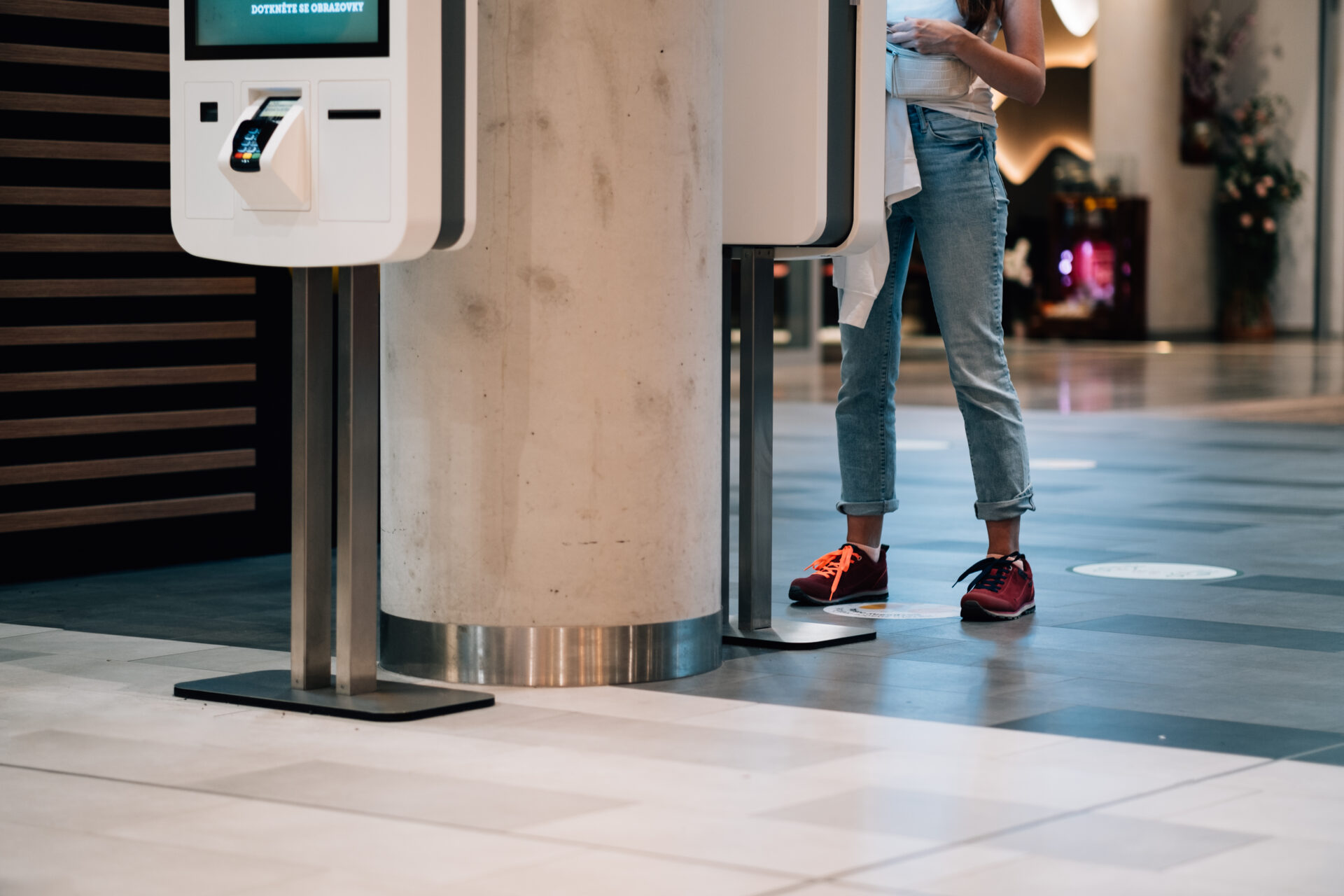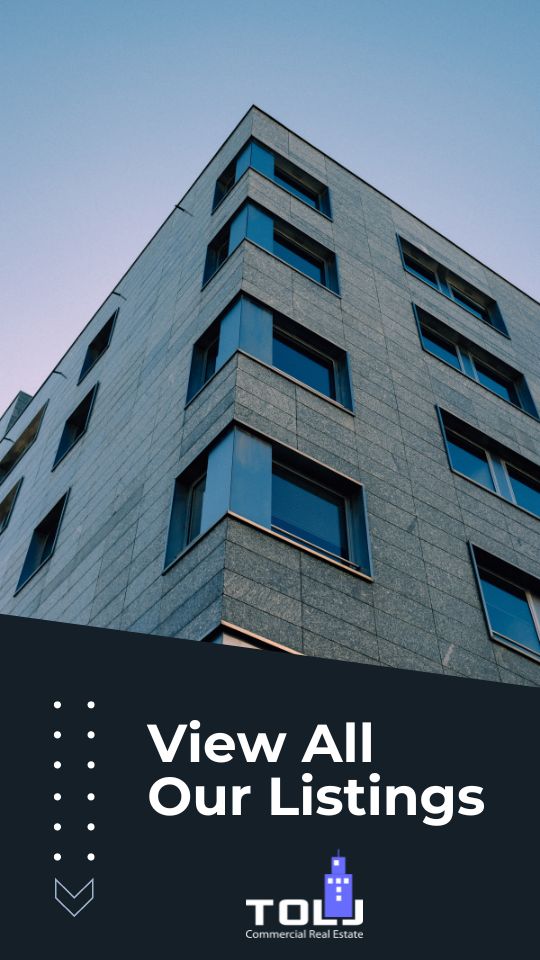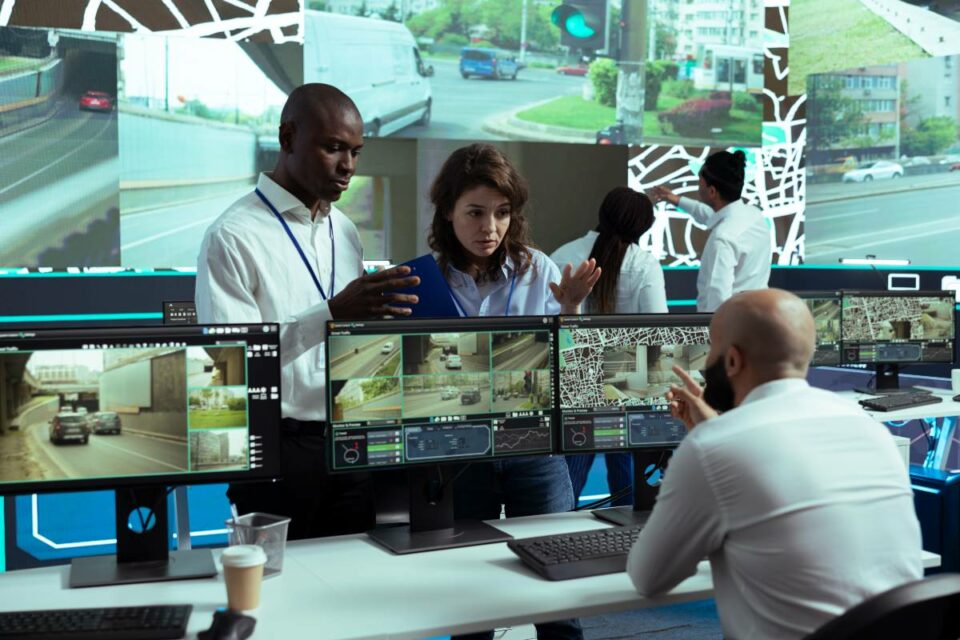After nearly two decades in commercial real estate, I’ve witnessed countless technological shifts that promised to revolutionize how we operate our properties. But nothing has been quite as transformative as the touchless technology financial impact I’m seeing across commercial spaces today. From office buildings to retail centers, property owners are discovering that implementing touchless solutions isn’t just about safety—it’s about fundamentally improving their bottom line.
Key Takeaways
• Touchless technologies can reduce operational costs by 15-30% through automation of repetitive tasks and elimination of manual processes in commercial spaces
• Enhanced customer experience drives revenue growth as contactless payment systems and touchless interactions increase satisfaction and property values
• Strong financial returns through operational efficiencies as touchless technologies reduce labor costs and improve tenant satisfaction, contributing to higher property values and reduced vacancy rates
Understanding the Financial Landscape of Touchless Technologies

The business landscape has evolved dramatically, and with it, the financial implications of how we manage commercial properties. When I first started seeing clients integrate touchless technologies into their spaces, many were focused solely on health and safety benefits. What surprised me was how quickly the conversation shifted to financial performance.
Touchless systems encompass everything from contactless payment options and voice commands to facial recognition systems and automated entry solutions. These cutting-edge touchless technologies are reshaping how tenants interact with commercial spaces, and the financial data speaks volumes about their impact.
The Real Numbers Behind Operational Efficiencies
In my experience working with property owners, I’ve observed that touchless tech implementation typically generates cost savings through several key areas. Finance teams report significant efficiency gains when manual processes are automated. For instance, buildings that implement touchless access control systems often see significant reductions in security-related expenses through decreased staffing needs and operational efficiencies.
The benefits of touchless invoice processing have been particularly impressive. Property management companies using AP automation solutions report faster financial close processes and improved accuracy in their accounts payable operations. These automation technologies eliminate the need for extensive human intervention, reducing the likelihood of errors that can be costly to rectify.
Customer Experience Drives Revenue
What many property owners don’t initially realize is how touchless interactions enhance the overall user experience, which directly translates to financial benefits. Tenants increasingly expect seamless, contactless payment systems and intuitive touchless solutions throughout their commercial spaces.
I’ve worked with retail property owners who’ve seen measurable increases in tenant retention rates after implementing comprehensive touchless systems. The checkout experience becomes more efficient, reducing wait times and improving customer satisfaction. This enhanced experience often justifies higher rental rates and reduces vacancy periods—both significant factors in a property’s financial performance.
Technology Integration and Financial Operations
The integration of touchless technologies with existing financial systems has proven crucial for maximizing benefits. Modern ERP systems can seamlessly incorporate data from touchless interactions, providing finance departments with real-time insights into property performance.
CFOs and finance leaders I work with consistently highlight how touchless solutions improve their financial reporting capabilities. Automated systems capture transaction data more accurately than manual processes, leading to better data analysis and more informed financial strategy decisions.
Breaking Down the Investment vs. Return Analysis
When evaluating the financial impact of implementing touchless technologies, I always encourage my clients to look beyond the initial investment. The upfront costs can seem substantial, but the long-term financial benefits typically far outweigh these expenses.
Immediate Cost Savings Opportunities
The most immediate financial benefits often come from reduced labor costs. Touchless systems automate many repetitive tasks that previously required staff intervention. Voice commands and computer vision technologies can handle routine inquiries and basic transactions, freeing up personnel for higher-value activities.
Invoice automation represents another significant opportunity for cost savings. Properties that implement touchless invoice processing see faster account reconciliation and more efficient journal entries. The reduction in processing time alone can justify the technology investment, particularly for larger commercial properties with complex financial operations.
Long-term Revenue Enhancement
Beyond cost savings, touchless technologies create new revenue opportunities. Properties with advanced touchless interactions often command premium rental rates. Tenants value the convenience and efficiency these systems provide, making them willing to pay more for spaces that offer superior technology infrastructure.
The scalability of touchless solutions also contributes to long-term financial benefits. As properties grow or tenant needs evolve, these systems can adapt without requiring proportional increases in operational costs. This flexibility protects property owners from future expense escalation while maintaining service quality.
Supply Chain and Back-Office Benefits
The financial impact extends beyond direct tenant interactions. Touchless technologies streamline supply chain management and back-office operations. Automated procurement systems reduce errors in ordering and inventory management, while touchless finance processes improve cash flow management.
Finance transformation initiatives that incorporate touchless elements typically show faster implementation timelines and better adoption rates. The intuitive nature of modern touchless systems reduces training requirements and accelerates the path to achieving truly touchless operations.
Implementation Strategies for Maximum Financial Impact
Based on my experience guiding property owners through technology implementations, success requires a strategic approach that balances financial investment with operational improvements.
Phased Implementation Approach
Rather than attempting to achieve touchless capabilities across all systems simultaneously, I recommend a phased approach that prioritizes high-impact areas. Starting with contactless payment systems and basic touchless interactions allows properties to generate immediate returns while building toward more comprehensive solutions.
This strategy also helps manage cash flow during the implementation phase. Property owners can reinvest early returns into additional touchless technologies, creating a self-funding expansion model that minimizes financial risk.
Integration with Existing Systems
The most financially successful implementations leverage existing infrastructure where possible. Properties with modern financial technology foundations can often integrate touchless capabilities without completely replacing their current systems. This approach significantly reduces implementation costs while accelerating time to value.
Working with finance departments to ensure seamless integration is crucial. The goal is to enhance existing processes rather than disrupt established workflows. When done correctly, touchless implementation should make current operations more efficient rather than requiring complete operational overhauls.
Measuring and Optimizing Performance
Establishing clear financial metrics before implementation enables property owners to track the actual impact of their touchless technology investments. Key performance indicators should include cost reduction percentages, efficiency improvements, and revenue enhancement measurements.
Regular audit processes help identify optimization opportunities and ensure systems continue delivering expected financial benefits. The data captured by touchless systems provides valuable insights for ongoing financial management and strategic planning.
Future-Proofing Commercial Real Estate Investments
The advancements in touchless technology continue accelerating, making it essential for commercial property owners to consider long-term implications when making investment decisions.
Artificial Intelligence and Advanced Analytics
The integration of artificial intelligence with touchless systems opens new possibilities for financial optimization. AI-powered analytics can identify usage patterns and operational inefficiencies that human analysis might miss. These insights enable more precise financial forecasting and strategic decision-making.
Properties that invest in AI-enhanced touchless solutions position themselves for continued competitive advantage as these technologies mature. The financial benefits compound over time as systems become more sophisticated and capable.
Tenant Expectations and Market Positioning
Commercial tenants increasingly view touchless capabilities as standard rather than premium features. Properties without these technologies may find themselves at a competitive disadvantage, potentially facing longer vacancy periods and reduced rental rates.
From a financial strategy perspective, early adoption of touchless technologies helps establish market leadership and commands premium positioning. This advantage becomes increasingly valuable as more properties compete for quality tenants.
Use Cases and Real-World Applications
Throughout my career, I’ve seen numerous successful implementations that demonstrate the tangible financial benefits of touchless technologies.
Office Buildings
Modern office buildings benefit significantly from touchless access control and environmental management systems. These solutions reduce operational costs while improving tenant satisfaction. Energy management through touchless controls often generates substantial utility savings, contributing directly to property profitability.
Retail Spaces
Retail properties see particularly strong returns from contactless payment technology and automated customer service systems. The improved customer experience drives higher sales volumes for tenants, supporting their ability to pay higher rents and maintain long-term leases.
Mixed-Use Properties
Complex properties with multiple tenant types benefit from the versatility of touchless solutions. A single integrated system can serve office tenants, retail customers, and residential occupants, maximizing efficiency while minimizing operational complexity.
Overcoming Implementation Challenges
While the financial benefits are compelling, successful implementation requires addressing common challenges that can impact return on investment.
Change Management
The human element remains crucial despite technological automation. Ensuring staff and tenants understand and embrace touchless systems is essential for realizing full financial benefits. Training programs and gradual rollouts help minimize resistance and accelerate adoption.
Technical Integration
Compatibility between new touchless systems and existing infrastructure can present challenges. Working with experienced technology partners helps navigate these complexities and avoid costly integration problems that could delay return on investment.
Security and Compliance
Financial benefits must be balanced against security requirements and regulatory compliance. Investing in robust security measures protects both the technology investment and the property’s reputation, ensuring long-term financial sustainability.
The Role of Finance Teams in Touchless Implementation
Finance departments play a crucial role in maximizing the financial impact of touchless technologies. Their involvement from planning through implementation ensures systems deliver expected returns and integrate effectively with existing financial processes.
Budget Planning and ROI Tracking
Comprehensive budget planning helps property owners understand the full scope of touchless implementation costs and expected returns. Finance teams should establish tracking mechanisms to monitor actual performance against projections, enabling course corrections when necessary.
Process Optimization
The transition to touchless operations often reveals opportunities for broader process improvements. Finance teams can identify inefficiencies in current workflows and recommend optimizations that amplify the benefits of new technology investments.
Performance Measurement
Ongoing performance measurement ensures touchless systems continue delivering financial benefits over time. Regular analysis helps identify optimization opportunities and supports decision-making about future technology investments.
FAQs
What’s the typical payback period for touchless technology investments in commercial properties?
How do touchless technologies affect property insurance costs?
Can older commercial buildings effectively implement touchless solutions?
What are the biggest financial risks in touchless technology implementation?
How do tenants typically respond to touchless technology implementations?
Conclusion
Touchless technology’s financial impact on commercial real estate is undeniable. From reducing operational costs to enhancing tenant experiences and property values, these innovations represent more than just technological upgrades—they’re strategic investments in the future of commercial real estate.
If you’re considering touchless technology implementation for your commercial property, Tolj Commercial would love to discuss how these solutions could enhance your investment’s performance. With our experience in both commercial real estate and technology integration, we can help you navigate the financial considerations and develop a strategy that maximizes your returns. Schedule a consultation to explore the opportunities for your specific property.




